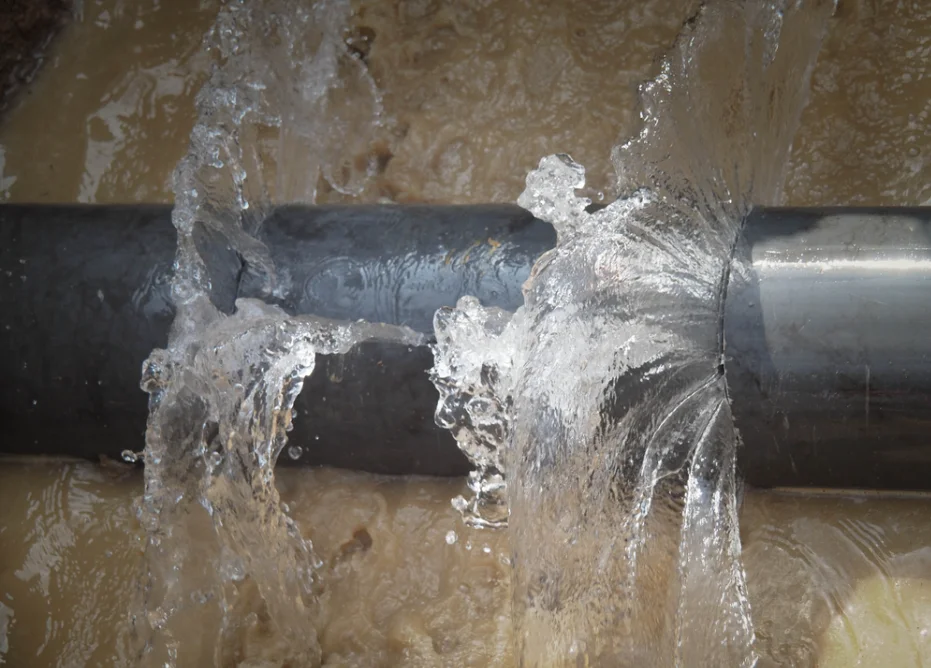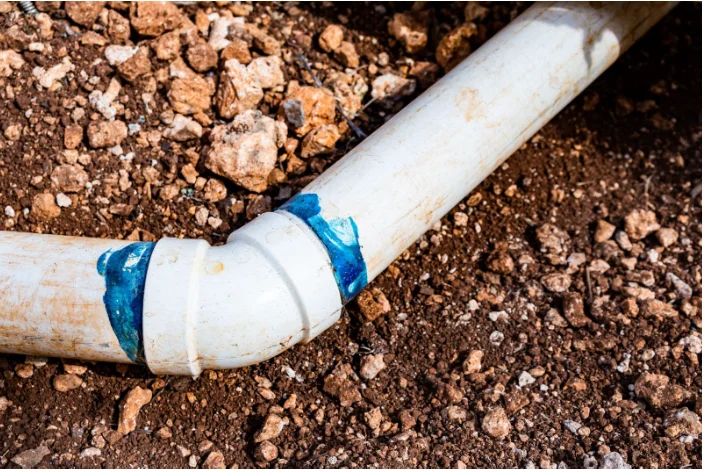Imagine waking up to the sound of rushing water, only to find your kitchen flooded because an old pipe finally gave out. This is what is known as a burst pipe, an inconvenience that can cause thousands of dollars in property damage.
Understanding the causes, immediate actions, and when to seek sewer repair in Bellevue, WA, can help prevent disaster.
Why Do Old Pipes Fail?
Many homeowners don’t realize their pipes are at risk until they experience a burst. Materials like galvanized steel, cast iron, and polybutylene become brittle, corrode, or clog over time becoming hidden dangers that lead to sewer line repair.
Even a small change in pressure or temperature can cause weakened pipes to burst.
Common causes of pipe failure include:
- Corrosion – Prevalent in metal pipes. Rust and mineral buildup weaken pipe walls.
- Ground shifts – Small shifts in the soil can crack aging pipes.
- Tree root invasion – Roots can infiltrate older pipes looking for moisture.
- Temperature fluctuations – Freezing and thawing cause pipes to expand and contract, leading to cracks.
What To Do Immediately After a Pipe Bursts
Every second counts when a pipe bursts. Fast action can minimize damage and prevent costly repairs.
Steps to Take:
- Shut off the main water supply – Stop the flow of water by shutting off your main water valve.
- Drain remaining water – Open faucets to clear out excess water in the pipes.
- Contain the leak – Use buckets, towels, or a temporary patch to limit water spread.
- Turn off electricity if needed – Avoid electrical hazards. Shut off power if water is near outlets or appliances.
- Call a professional plumber – Temporary fixes won’t last. A plumber can assess and repair the damage.
Should You Repair or Replace Your Pipes?
Once the immediate crisis is under control, the next step is deciding whether to opt for repair or sewer line replacement. Trenchless repairs may suffice for addressing leaks. However, severely deteriorated pipes require full replacement.
Consider the following:
- Small leaks, localized damage → Epoxy coating or trenchless pipe repair.
- Multiple leaks, widespread corrosion → Full pipe replacement.
- Frequent plumbing issues → A complete system upgrade is more cost-effective in the long run.
“Repairing old pipes is sometimes just a temporary fix,” explains a home improvement specialist. “If you’re dealing with repeated leaks, replacing outdated materials will save you from future disasters.”
Upgrading to Modern, Long-Lasting Pipes
Modern solutions outclass older plumbing materials in more ways than one. Today’s pipes are stronger, resistant to corrosion, and built to last decades.
Investing in modern pipes means increasing your home’s value while preventing future bursts.
Best replacement options:
- PEX (Cross-Linked Polyethylene) – Flexible, resistant to freezing, and affordable.
- HDPE (High-Density Polyethylene) – Durable, leak-proof, and great for underground pipes.
- Copper – Long-lasting and antimicrobial, but more expensive.
- Epoxy lining – A non-invasive method that seals existing pipes from the inside.
Is Your Home at Risk? A Homeowner’s Checklist
Not sure if your pipes are outdated? Get a professional inspection done if any of the following signs sound familiar:
- Look under sinks and in basements – Are your pipes rusted, discolored, or covered in residue?
- Check water pressure – Low pressure may indicate a buildup or corrosion inside pipes.
- Pay attention to water color – Brown or yellow water suggests rusting pipes.
- Monitor for frequent leaks – Recurring leaks often signal failing pipes.
- Check your home’s age – If your home was built before 1980, it likely has outdated pipes.
The Hidden Costs of Ignoring Old Pipes
A burst pipe isn’t just about water damage. Protecting your home means addressing the pipe damage itself and the signs of leaks that occur before they burst.
Ignoring failing pipes can lead to mold growth as leaks create damp conditions perfect for mold and mildew. Structural damage is also more likely when water weakens walls, floors, and foundations.
Aside from the physical damage felt, ignoring old pipes can also lead to higher water bills from the gallons of wasted water. Lastly, you may face insurance issues when you neglect to address pipe damage assisted by sewer repair services.
Budgeting for Pipe Replacement
Replacing old pipes doesn’t have to break the bank. Knowing the costs upfront helps you plan.
Average costs:
- PEX repiping – $4,000 to $8,000 for an entire home.
- Copper piping – $8,000 to $15,000 for whole-home replacement.
- Trenchless repairs – $80 to $250 per foot.
Financing options:
- Home improvement loans – Low-interest options for larger projects.
- Insurance coverage – Some policies cover burst pipe damage.
- Plumbing company financing – Many offer payment plans.
Ignoring aging pipes is like ignoring a ticking time bomb that leads to property damage, mold growth, and expensive repairs. Before disaster strikes, be sure to schedule a professional inspection today and take control of your home’s plumbing.









